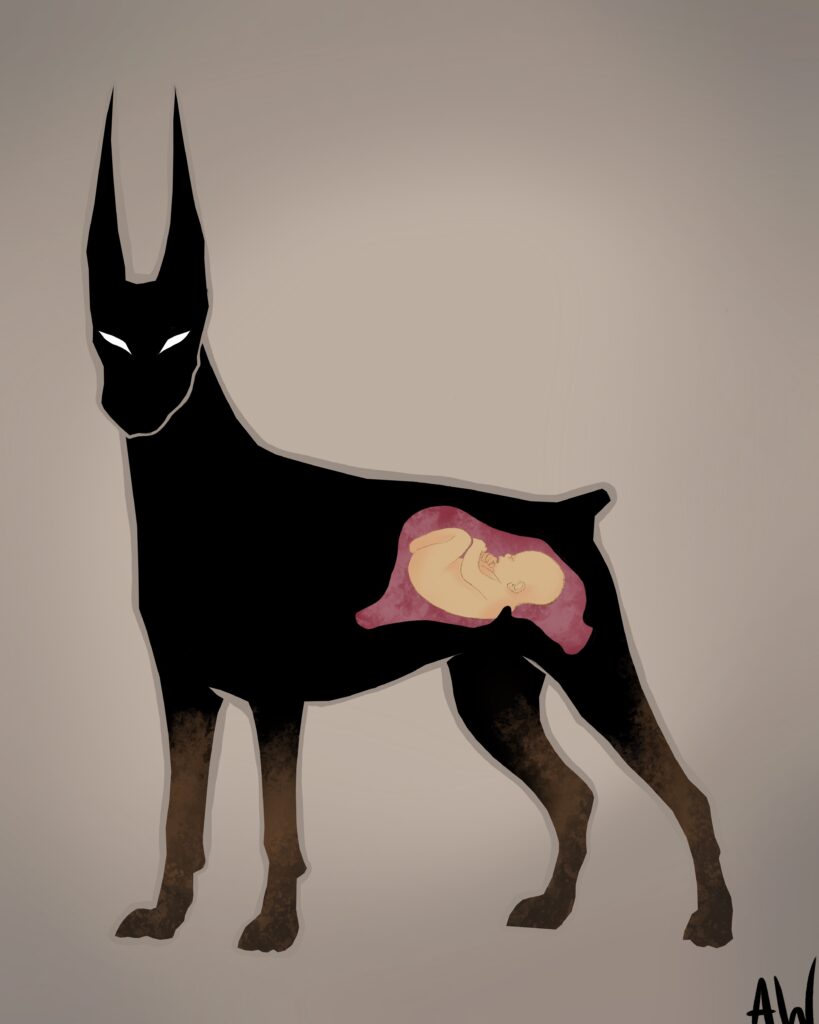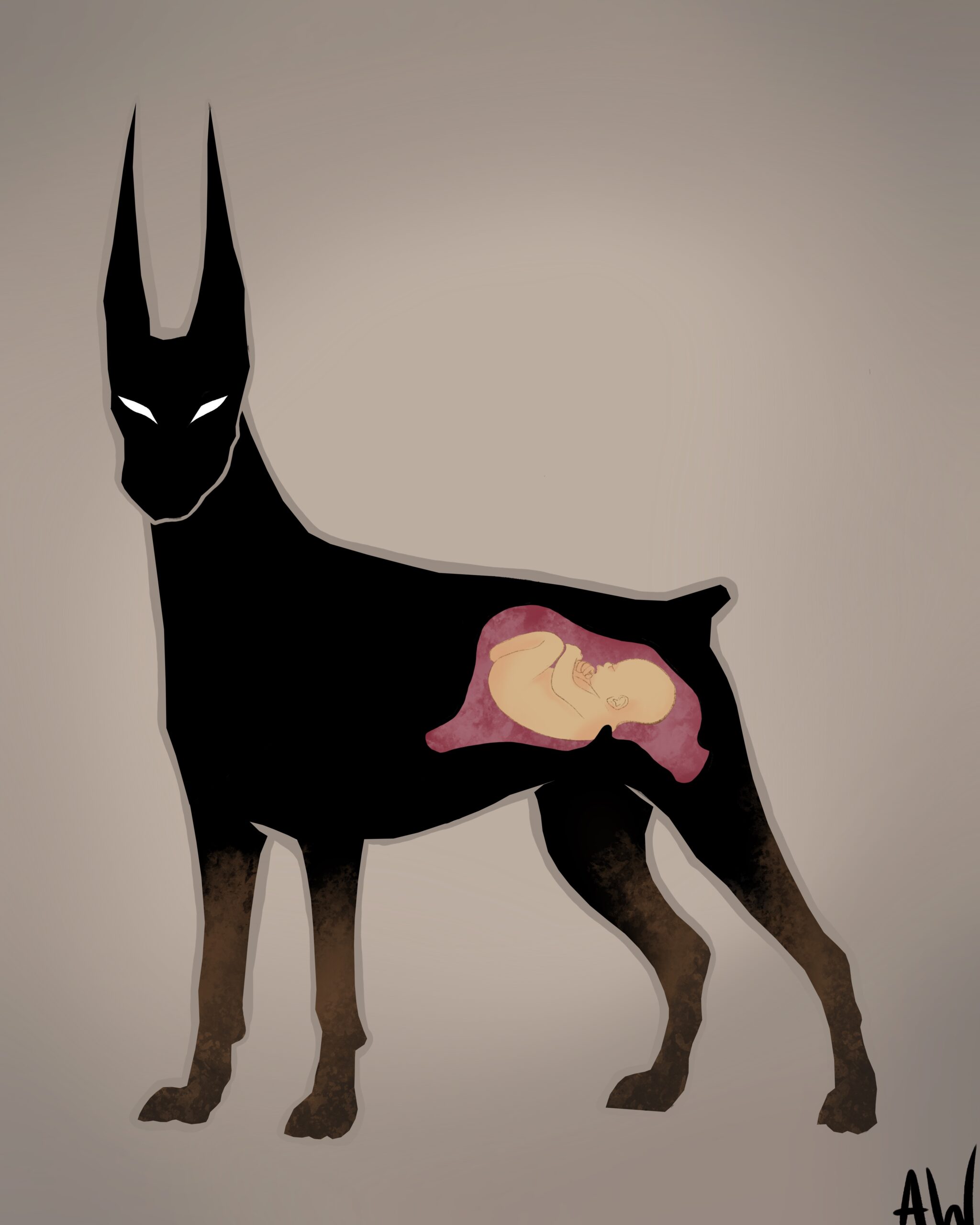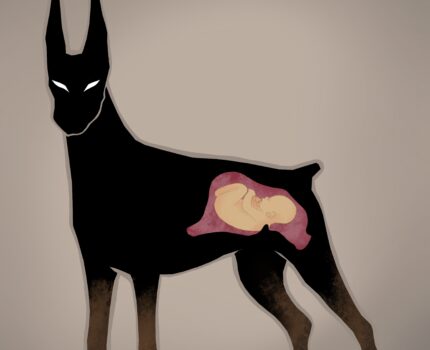By nature, a mother post-partum is experiencing a hormone flux like she never has before. With certain senses feeling enhanced, and the baby forcing new responsibilities, the mother can often begin to feel an overwhelming need to nurture and protect their young.
This feeling, or in some cases, maternal aggression, is likely caused by a hormone called oxytocin. This hormone comes in contact with the neurons on the amygdala in the brain, which is responsible for a majority of emotional reactions. This hormone is mostly seen between a bonding mother and baby, especially immediately following birth.
In mammals and reptiles, the fight or flight response is often dominated by the flight option, or even cause the animal to freeze up in order to remain undetected. The release of oxytocin onto the amygdala overrides this response, which allows for the fight response to come into play. In a study conducted by the Champalimaud Centre for the Unknown, in Lisbon, Portugal, female rats that had recently given birth were conditioned, in the absence of their pups, to associate a peppermint smell with getting an electric shock. Without the pups present, the smell would cause a flight response in the rats. With the pups in view, the mother rat would instead attack the tube that the scent was coming from, or attempt to block the pups with nesting material. After these series of tests, the scientists blocked the oxytocin from reaching the amygdala in the brain of the rat, which in turn, caused the flight response even in the presence of the rat pups. It seemed, with the blockage of oxytocin, that the mother rat seemingly “forgot” her maternal duties, despite the pups being within arms reach.
Another factor in maternal protection comes down to lactation. In postpartum mothers, lactation causes a decrease in anxiety and fear. Corticotropin Releasing Hormone, or CRH, allows for behavior control, and can be found at lower levels while lactating. Stephen Gammie of the University of Wisconsin-Madison conducted a study on mice regarding lactation and maternal instincts with the use of this hormone. Gammie injected female mice who had birthed a few days prior with a high dose CRH, a lesser dose of CRH, and a placebo, respectively. The female mice are then exposed to a male, which are often a threat to mice pups. The females with lesser or no CRH immediately defended the pups, while the mice with more CRH didn’t react at all, or even acted skittish to the male. The level of CRH did not affect other maternal duties, such as nursing itself, but only affected the mothers protective maternal instincts. Versus, prolactin, the other hormone in mothers that allows for lactation in the first place, actually may restrain aggressive maternal behaviors, so that the mother can pay more attention to nurturing behaviors.
My piece represents an expecting mother experiencing this protective hormonal change, which I show in the form of a Doberman. The piece is a bit abstract but it represents exactly what a mother may feel like pre and postpartum.
Sources:
https://elifesciences.org/articles/24080
https://www.scientificamerican.com/article/hormone-found-linked-to-m/
https://www.mlo-online.com/diagnostics/article/21258281/hormone-found-to-regulate-mothers-behavior
Elife-24080-v1.pdf (PDF version of Source #1)



Hormones may cause a postpartum doberman mother to be driven to nurture and protect her young. This emotion is likely caused by a hormone known as oxytocin, which is in charge of emotional reactions. This hormone is most commonly seen between a mother and their young after birth.
Animals have a flight or fight response which is dominated by flight and will cause it to freeze, but the release of oxytocin onto the amygdala overrides this response, which allows for the fight response to come into play. Another factor in a mothers needs to protect is lactation. Postpartum mothers experience a decline in anxiety and fear due to lactation, while the hormone CRH helps to regulate behavior. CRH only affected protective maternal instincts, the study done showed mice injected after birth with less to none defend their pups right away while the mothers with more forgot to react at all and tend to focus on giving nutrients to their young. So this art piece presents the doberman feeling the hormonal changes and overrides becoming more aware and ready to fight to defend its young from threats.